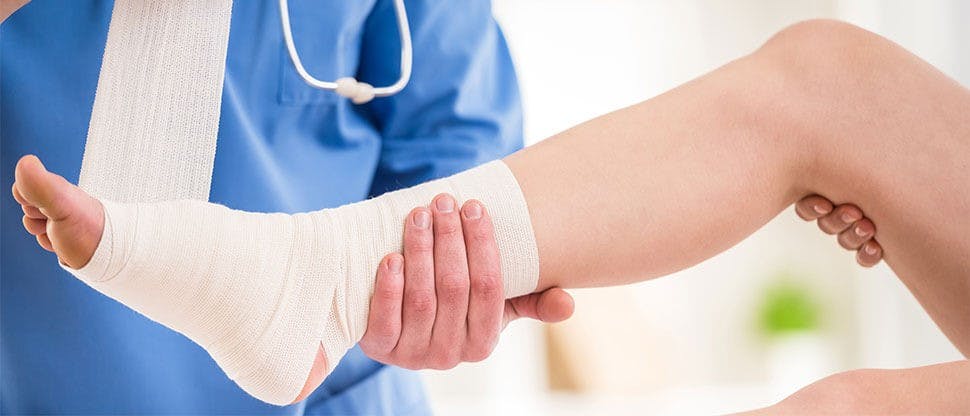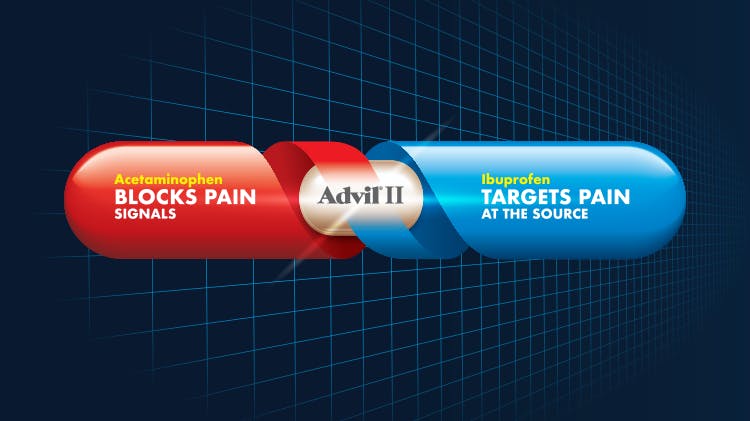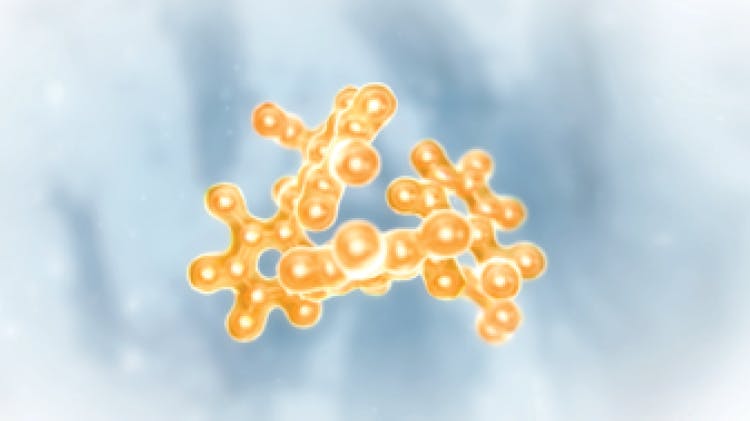Sprains and Strains Causes

Muscle Strain Causes
Learning about muscle strain causes can help make it easier for you to identify these soft tissue injuries and decide on the most appropriate treatment for your patient.
The most common kinds of soft tissues to be injured are muscles, tendons, and ligaments. Often, these injuries occur as a result of exercise, sports or other activities. Chronic conditions like tendinitis and bursitis can also cause soft-tissue injuries. With appropriate treatment, sprains, strains, and contusions may still require a prolonged amount of time to heal1.
There are two basic kinds of muscle strain causes: acute injuries and overuse injuries.
Acute injuries are falls, twists, or blows to the body, meaning they are a result of sudden trauma. Examples of acute injuries include sprains, strains, and contusions.
Overuse injuries occur gradually as a result of repeated athletic or other kinds of activity and the body has not had enough time to heal. Examples of overuse injuries are tendinitis and bursitis.
Consider the following suggestions for treating muscle strains.
There are several kinds of severe acute soft-tissue injuries, and each requires treatment specific to the injury.
Strains1
Strains are injuries to muscle and/or tendon. Strains often occur in the back or leg.
Strains may be a simple stretch of a muscle or tendon. They may also involve a partial or complete tear of the tendon or muscle. Symptoms may include pain, muscle spasm, muscle weakness, swelling, inflammation, and cramping.
Participating in contact sports puts athletes at risk for hamstring strains. Sports that require quick starts; hurdling, long jumping, and running also can put people at risk for muscle strains.
Sports that require extensive gripping, such as gymnastics, tennis, rowing, and golf, can result in hand sprains. Elbow strains frequently occur from racquet sports like tennis or squash.
Sprains1
When a ligament is stretched and/or torn it’s called a sprain. The ankles, knees, and wrists are areas of the body that are most vulnerable to sprains. Sprained ankles can occur when the foot turns inward which puts a lot of tension on the ligaments of the outer ankle. A sudden twist can cause a sprained knee. If a patient has fallen with an outstretched hand, they might have sprained their wrist.
There are three severities of sprains1:
- Mild - Grade 1: There may be some damage and slight stretching to the fibers of the ligament.
- Moderate - Grade 2: There may be a partial tearing of the ligament and abnormal looseness (laxity) in the joint if it is moved in certain ways.
- Severe - Grade 3: There is a complete tear of the ligament, causing substantial instability.
In every sprain, there will be pain, bruising, swelling, and inflammation. Treatment for sprains include rest, ice, compression and elevation. Physical therapy may also be necessary. Moderate sprains may require a brace, walking boot or other ways to support the affected area. Grade 3 sprains may even require surgery.
Now that you know a bit more about muscle strain causes and possible treatment options, learn more about management, statistics & facts, and resources for your patients.
Learn more
Products
Find out how our class-leading treatments can help your patients manage their everyday pain.
Patient care resources
Access educational resources to share with your patients to help them have a better understanding of their pain condition.
Join the Pain-Relief Community

A duo of MOAs that fight pain together
Ibuprofen and acetaminophen work together to help target pain directly, while blocking pain signals.

How does Voltaren® Arthritis Pain gel OTC relieve pain?
The science behind Voltaren® Arthritis Pain and its MOA.
Frequently Asked Questions
A resource to help answer common questions about Advil® DUAL ACTION.